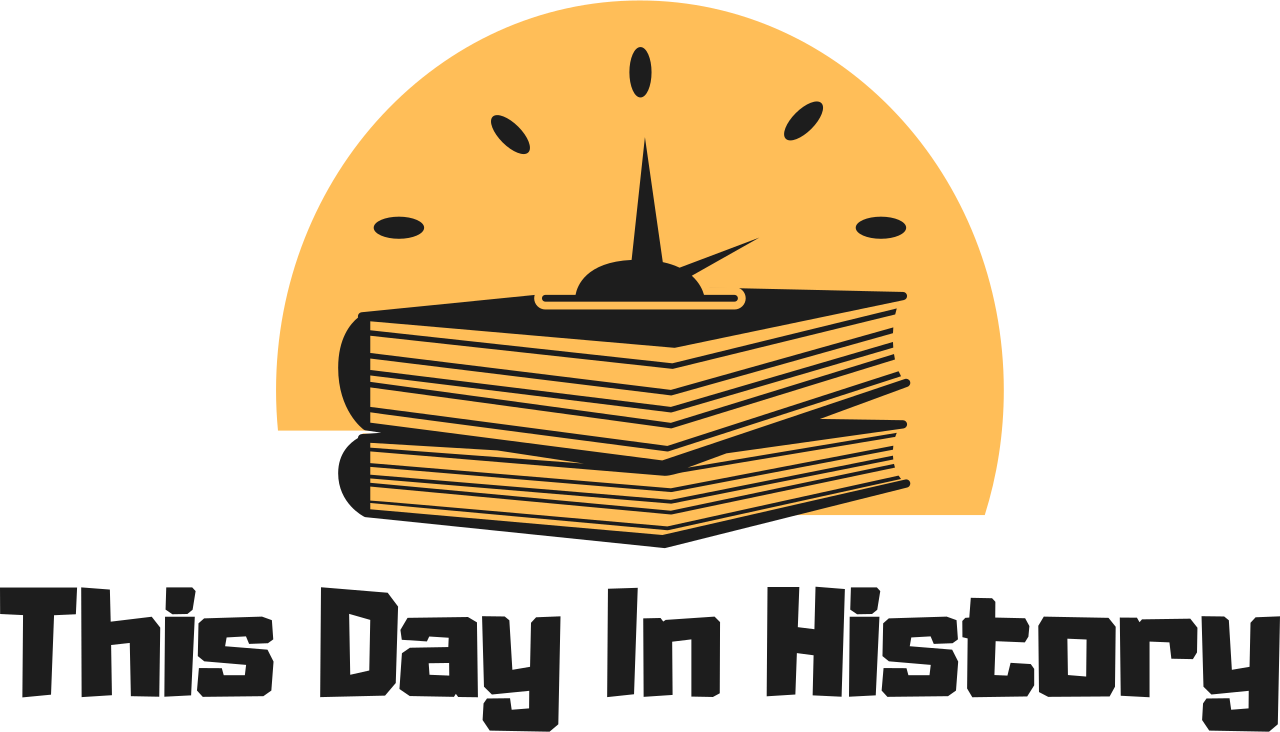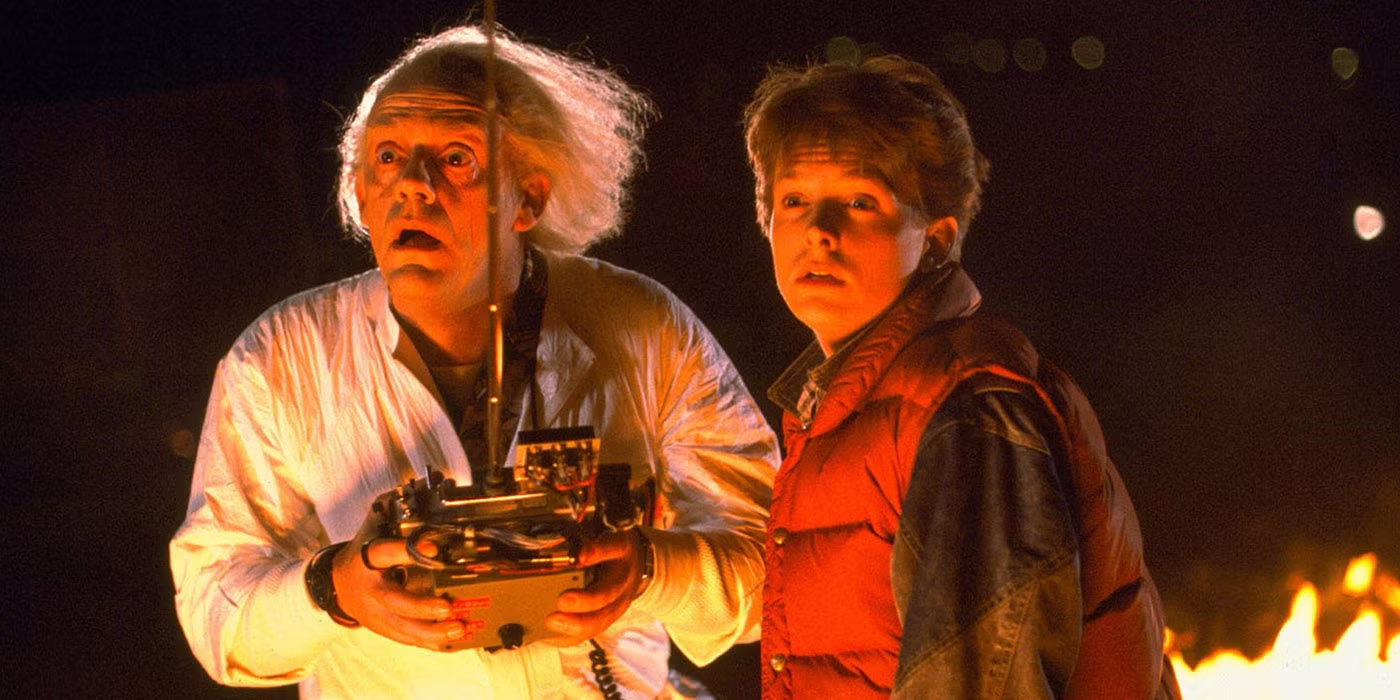On July 3rd, 1985, the world was introduced to an iconic film that would captivate audiences and become a beloved classic: “Back to the Future.” Directed by Robert Zemeckis and starring Michael J. Fox as Marty McFly, this comedy-adventure film not only entertained viewers but also left a lasting cultural impact that extended well beyond its initial release.
The Premise and Plot
“Back to the Future” tells the story of Marty McFly, a teenager who accidentally travels back in time to 1955 in a time-traveling DeLorean invented by his eccentric scientist friend, Dr. Emmett Brown, played by Christopher Lloyd. In the past, Marty encounters younger versions of his own family and must navigate the complexities of altering history while trying to ensure his own existence in the future.
The film’s blend of science fiction, comedy, and adventure resonated with audiences of all ages. Its creative concept of time travel, coupled with witty dialogue and memorable characters, made it an instant hit at the box office.
Cast and Crew
Directed by Robert Zemeckis and produced by Steven Spielberg’s Amblin Entertainment, “Back to the Future” boasted a talented cast led by Michael J. Fox, who was already a household name thanks to his role in the TV series “Family Ties.” Christopher Lloyd brought to life the eccentric and endearing Dr. Emmett Brown, while Lea Thompson and Crispin Glover portrayed Marty’s parents in both past and present timelines.
Cultural Impact
Upon its release, “Back to the Future” became more than just a successful film—it became a cultural phenomenon. Its imaginative take on time travel sparked discussions and captured imaginations, inspiring a wave of enthusiasm for science fiction storytelling. The film’s soundtrack, featuring songs like “The Power of Love” by Huey Lewis and the News, also contributed to its popularity and remains iconic to this day.
Sequels and Legacy
The success of “Back to the Future” led to two sequels: “Back to the Future Part II” (1989) and “Back to the Future Part III” (1990). These films further explored the adventures of Marty and Doc Brown across different time periods, continuing to enchant audiences with their humor, creativity, and heartwarming themes of friendship and family.
The trilogy’s enduring legacy is evident in its continued relevance and influence on popular culture. It has inspired merchandise, theme park rides, video games, and even academic discussions on time travel and storytelling techniques. The characters of Marty McFly and Doc Brown have become iconic figures in cinema history, celebrated for their wit, bravery, and resilience.
Critical Reception and Awards
“Back to the Future” received critical acclaim for its inventive storytelling, direction, performances, and special effects. It was praised for its ability to blend genres seamlessly and appeal to audiences of all ages. The film was nominated for several awards and won the Academy Award for Best Sound Effects Editing, highlighting its technical achievements.
Conclusion
In conclusion, “Back to the Future,” released on July 3rd, 1985, stands as a testament to the power of imaginative storytelling and the enduring appeal of well-crafted characters and narratives. Its ability to entertain, inspire, and provoke thought has solidified its place in cinematic history and made it a timeless favorite among audiences worldwide. As we celebrate its impact nearly four decades later, “Back to the Future” continues to remind us of the magic of cinema and the joy of embarking on unforgettable journeys through time and imagination.












What do you think?
It is nice to know your opinion. Leave a comment.